Features > Property News & Insights > Market updates
Star suburbs with the fastest 5-year growth and greatest price lifts
.png)
KEY POINTS
- New price data from PropTrack shows the biggest equity gains over the 5 years since the onset of the Covid-19 pandemic have been in some of Australia’s most exclusive and expensive suburbs
- However, the data shows it’s been affordable suburbs that have offered the fastest price growth and biggest returns on investment
- Investment in affordable property still represents one of the best paths to wealth for the overwhelming majority of working Australians
I recently wrote about an analysis that looked at how the property landscape has changed dramatically in the 5 years since the onset of the COVID-19 pandemic.
According to CoreLogic, Australian home values have surged nearly 40% since March 2020, adding about $227,000 to the median property price, outpacing wage growth and worsening affordability.
New data from rival data analytics firm PropTrack zeroes in on the specific areas that have seen the biggest price gains since March 2020.
The data is fascinating, as it shows that while the biggest equity gains in terms of dollar values have been in some of Australia’s most exclusive and expensive suburbs, it’s been affordable areas of the country that have offered the biggest returns on investment.
The details
In the days following the World Health Organisation’s formal declaration of a pandemic on the 11th of March 2020, all sorts of dire predictions were made about residential property, with some noted bank economists raising the prospect of 25%+ falls in property prices.
Even economic modellers at the University of Melbourne predicted capital city property prices would fall more than 6% in just six months.
Instead, the move by the Reserve Bank of Australia to slash an already low cash rate to a historic new low of just 0.1% set off a home-price boom.
“When interest rates were slashed in 2020, that set off the fastest episode of home-price growth that Australia has ever seen,” says REA Group senior economist Anne Flaherty.
As interest rate cuts increased borrowing capacity, buyers with larger budgets increasingly focused on suburbs that aligned with their lifestyle preferences.
“We saw a big shift in what Australians value in the homes they’re looking for,” Ms Flaherty says.
“The suburbs that outperformed overwhelmingly were those in scenic lifestyle areas.”
Cashed-up buyers spent big on large homes in areas near the coast or the bush, as remote working unlocked areas further from the capitals for city buyers.
Affordable suburbs
But this huge lift in prices in some of Australia’s most desirable locations, followed by the big surge in interest rates 2 years later, meant many buyers shifted focus to more affordable areas.
“Because home prices have increased so much, more buyers are being locked out of a great number of suburbs,” Ms Flaherty says.
“What that’s done is created an outperformance in Australia’s most affordable areas.”
Previously overlooked suburbs suddenly became all the rage as buyers - both first-home buyers and investors - watched their borrowing capacities plummet as interest rates soared.
“A lot of the fastest growing suburbs of the past five years may have been under the radar but are now seeing a lot of buyer interest, particularly from first-home buyers who have been locked out of the majority of suburbs,” Ms Flaherty says.
Top of PropTrack’s 5-year house price growth list is Rangeway, an affordable suburb in Geraldton, about 400 km north of Perth.
In 2020, the median house price in Rangeway was just $72,500.
Since then, prices have surged by 286% to $280,000.
With the average rent for a house there around $400/week, Rangeway still presents investors with excellent rental yields in the vicinity of 7.5%.
Number two is Monto - a small Queensland town inland from Bundaberg, where houses can still be picked up for $260,000.
Several suburbs in Adelaide’s booming northern suburbs also made the top ten list, including Davoren Park - where homes have tripled in price in 5 years, and Elizabeth North (190% over 5 years) and Elizabeth Downs (180% over 5 years).
Also making the leaderboard are three suburbs in Perth’s south - Medina (187%), Camillo (179%) and Hillman (176%).
When it comes to units, Armadale in Perth’s sprawling south-east was the star performer, seeing a 178% lift in prices since early 2020 to a median of $465,000.
With median rents around the $520/week mark, Armadale still represents great value for investors with a median rental yield of 6.3%.
The rest of the list is dominated by locations in regional Western Australia (Cable Beach, South Hedland), suburban Adelaide (Salisbury, Morphett Vale), and the Logan area south of Brisbane (Woodridge, Loganlea, Eagleby, Browns Plains).
Ms Flaherty says a housing supply crunch in Brisbane, in the face of strong population growth, has pushed more people towards apartments.
“Population growth is very much exceeding new supply in Brisbane,” she says.
“People being priced out of buying houses has led to a relative increase in demand for units.”
Not-so-affordable suburbs
While some of the most affordable areas in Australia have seen the fastest price increases, the greatest gains in home values have been concentrated in the country’s most expensive suburbs.
In these high-end locations—often near beaches or rivers—price growth has consistently outpaced the broader market, driven by strong demand from affluent buyers willing to pay a premium.
No less than 9 of the suburbs that have seen the biggest equity gains are exclusive areas - either near the harbour or the ocean - in suburban Sydney.
Number one is exclusive Bellevue Hill in Sydney’s ritzy eastern suburbs, where prices have increased just under $3 million in 5 years.
It’s closely followed by nearby Vaucluse and Rose Bay, with equity gains of $2.86 million and $2.5 million, respectively.
When it comes to unit markets, the list is dominated by the Sunshine and Gold Coasts in Queensland and suburban Sydney.
The top performer was Noosa Heads, where median unit prices doubled to $1.875 million, with Waverley in Sydney’s eastern suburbs not far behind, jumping from $860,000 to $1.67 million.
PropTrack senior economist Anne Flaherty says the firm’s data shows that while price growth was more rapid in affordable areas, it was in pricier, established suburbs where owners reaped the largest equity gains.
“People who are benefitting the most in the market remain those who own property in the higher end,” she says.
“Even though we're seeing higher percentage gains at the lower end, in terms of dollar value gains, they are still falling well short of what we are seeing for people who own homes in more expensive suburbs.”
The take out
That last point might be true, but it tends to give the disheartening impression that property ownership and investment are only for wealthy Australians.
It isn’t.
Sure, who wouldn’t want to own an exclusive mansion in Sydney’s Bellevue Hill, which has seen an above-average 48% or $3 million price uplift in 5 years?
However, that would have required coming up with around $6 million to purchase a house there in early 2020 - a scenario that would be impossible for 99.99% of Australians.
Alternatively, an apprentice tradie or a first-year nursing graduate still living at home in March 2020 might have been able to scrape together $15,000.
At the time, that would have been equivalent to the standard 20% deposit to secure an average house in Rangeway, WA, for between $70,000 and $75,000.
That house would now be worth around $270,000 to $290,000 - an equity gain of nearly $200,000 that a savvy investor could parlay into the deposits for several more affordable investment properties or use as the downpayment on a very nice owner-occupied house.
Building wealth through residential property is not just the preserve of rich Australians.
Stay Up to Date
with the Latest Australian Property News, Insights & Education.




.png?width=292&height=292&name=Copy%20Link%20(1).png)
 SIGN UP FOR FREE NEWSLETTER
SIGN UP FOR FREE NEWSLETTER
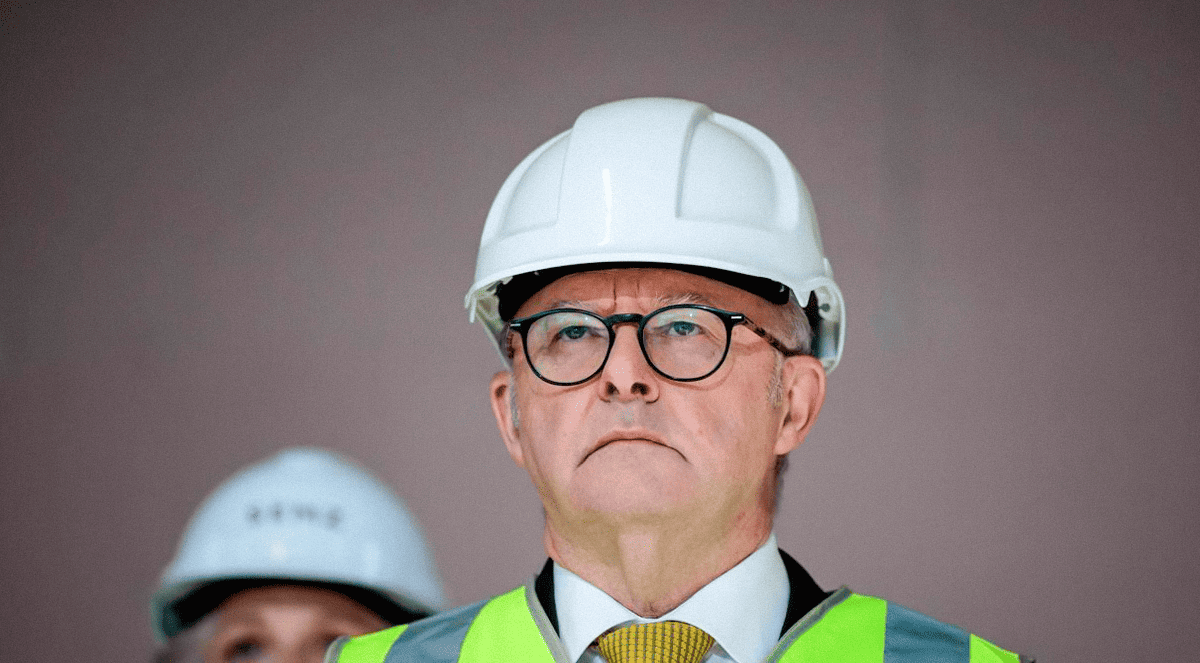
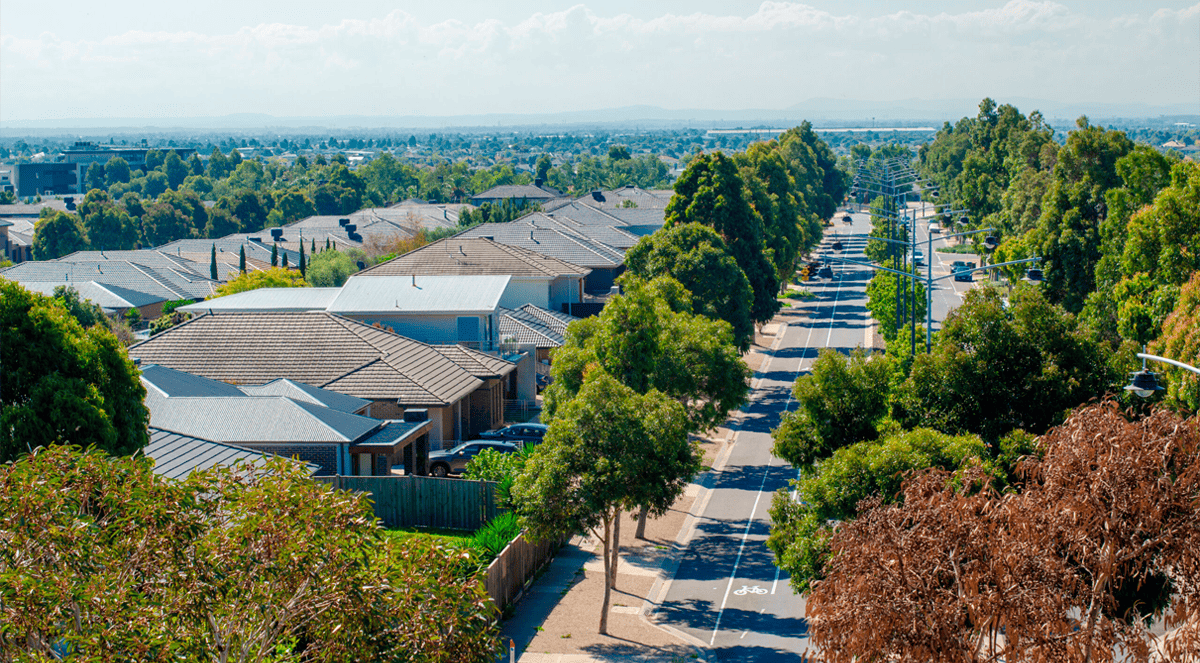
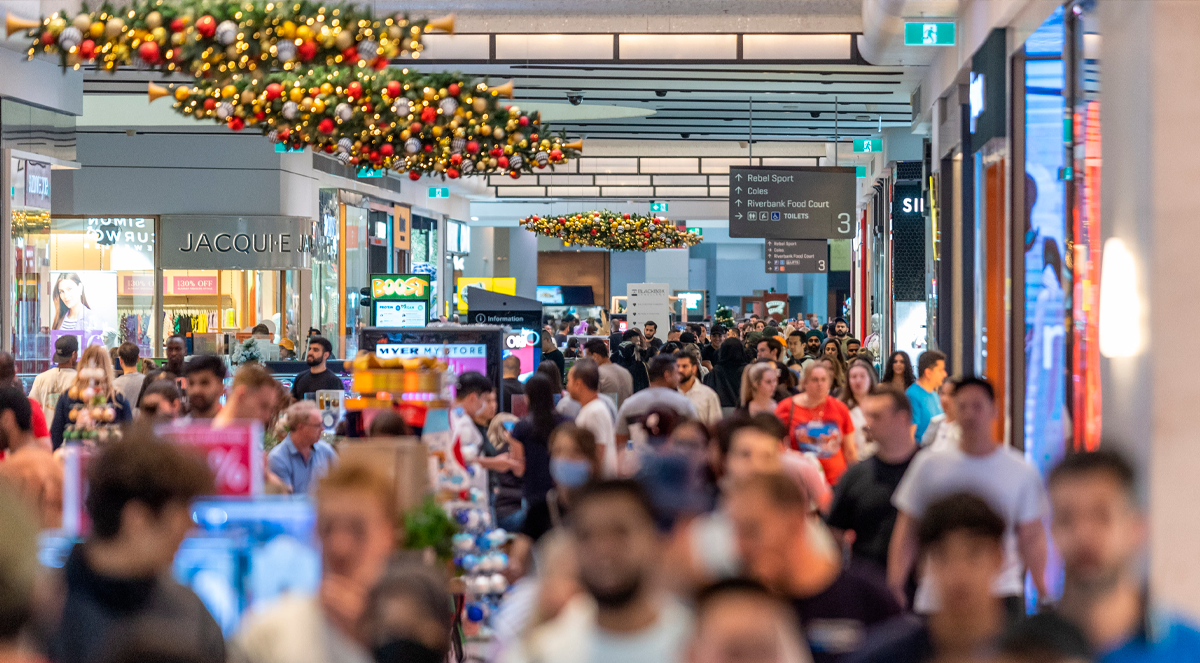
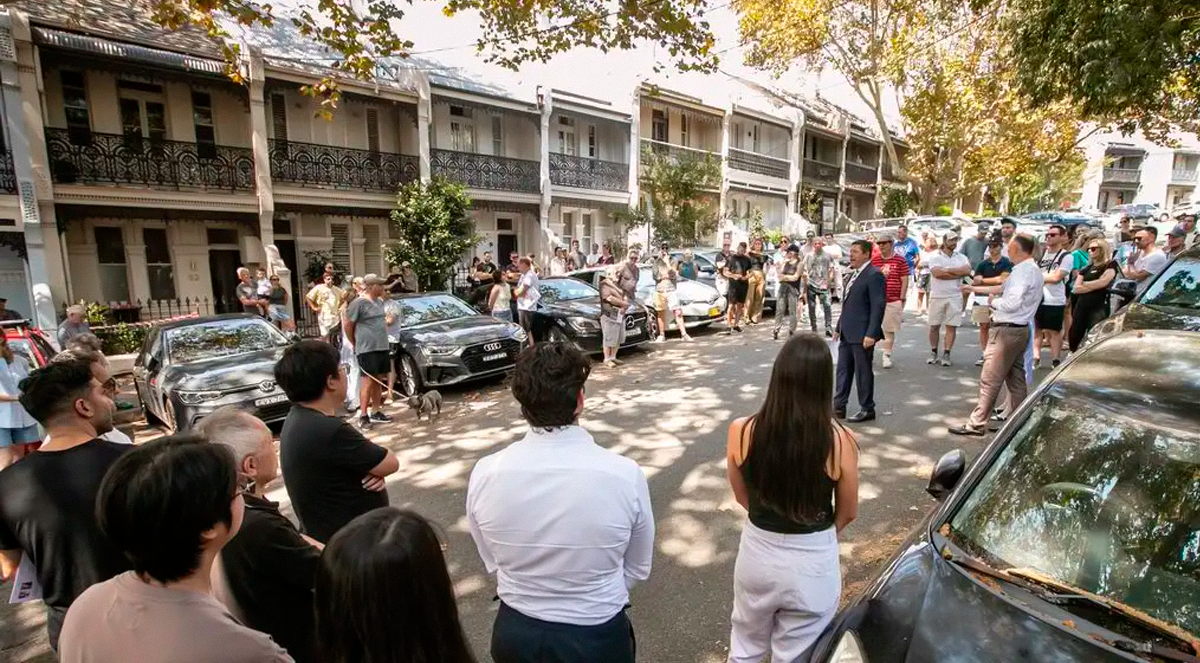
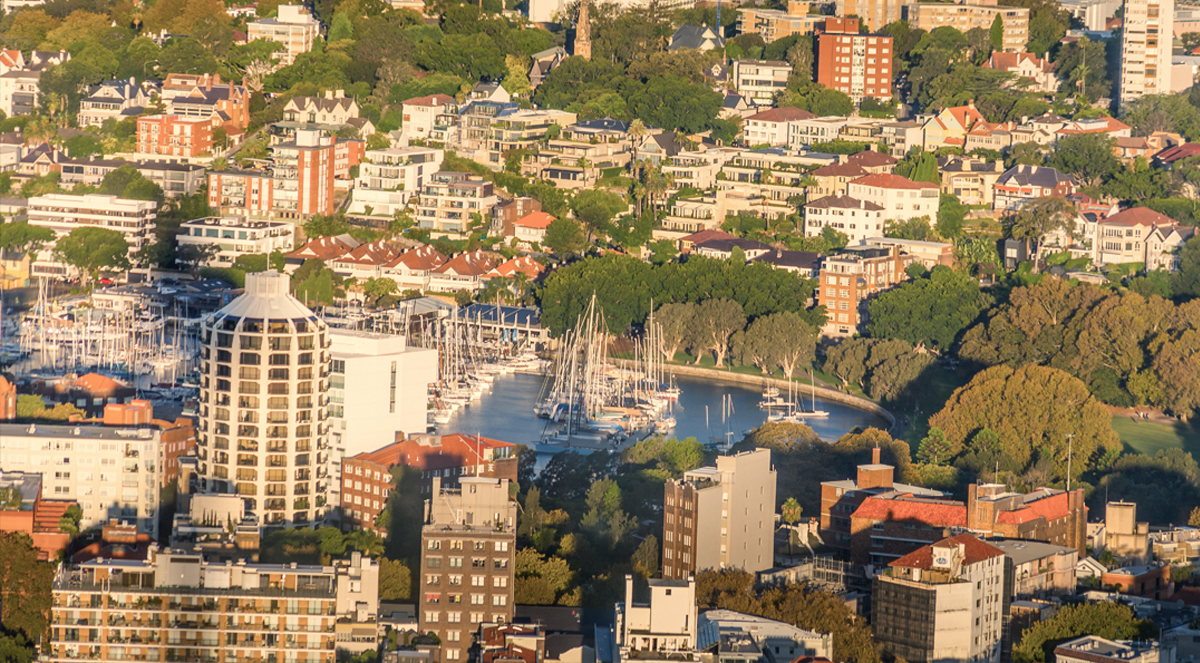
.jpg?width=1920&height=1080&name=Warning%2c%20You%20Might%20Be%20Facing%20Higher%20Taxes%20Soon%20(1).jpg)





.png?width=1920&height=1080&name=Rate%20Drops%20Signal%20BIGGEST%20Property%20Boom%20in%20DECADES%20(1).png)

.jpg?width=1920&height=1080&name=Labor%20vs%20Liberal%20These%20Housing%20Policies%20Could%20Change%20the%20Property%20Market%20Forever%20(1).jpg)
.jpg?width=1920&height=1080&name=QLD%20Slashes%20Stamp%20Duty%20Big%20News%20for%20Investors%20%26%20Home%20Buyers%20(1).jpg)
.jpg?width=1920&height=1080&name=Trump%20Just%20Slapped%20Tariffs%20%E2%80%93%20Here%E2%80%99s%20What%20It%20Means%20for%20Australia%20(1).jpg)
.jpg?width=1920&height=1080&name=Federal%20Budget%202025%20More%20Debt%2c%20No%20Housing%20%E2%80%93%20Here%E2%80%99s%20What%20You%20Need%20to%20Know%20(1).jpg)
.jpg?width=1920&height=1080&name=Australias%20Housing%20Crisis%20is%20about%20to%20get%20MUCH%20Worse%20(New%20Data%20Warns).jpg)
%20(1).jpg?width=1920&height=1080&name=Australias%20RENTAL%20CRISIS%20Hits%20ROCK%20BOTTOM!%20(2025%20Update)%20(1).jpg)
%20(1).png?width=1920&height=1080&name=Is%20Adelaide%20Still%20a%20Good%20Property%20Investment%20(2025%20UPDATE)%20(1).png)
.jpg?width=1920&height=1080&name=RBA%20Shocks%20with%20Rate%20Cuts!%20What%E2%80%99s%20Next%20for%20Property%20Investors%20(1).jpg)
%20(1).jpg?width=1920&height=1080&name=I%20Predict%20The%20Feb%20Rate%20Cut%20(My%20Price%20Growth%20Prediction)%20(1).jpg)
.png?width=1920&height=1080&name=Why%20Property%20Prices%20Will%20Rise%20in%202025%20Market%20Predictions%20(1).png)
.jpg?width=1920&height=1080&name=Why%20Investors%20Are%20Choosing%20Apartments%20Over%20Houses%202%20(1).jpg)
.jpg?width=1920&height=1080&name=Why%20Rate%20Cuts%20Will%20Trigger%20A%20Property%20Boom%20(1).jpg)
.jpg?width=1920&height=1080&name=Retire%20On%202Million%20With%20One%20Property%20(Using%20SMSF).jpg)
.jpg?width=1920&height=1080&name=4%20Reasons%20Why%20You%20Should%20Invest%20in%20Melbourne%20Now%20(1).jpg)
%20(1).jpg?width=1920&height=1080&name=Old%20Property%20vs%20New%20Property%20(Facts%20and%20Figures%20Revealed)%20(1).jpg)
%20(1).jpg?width=1920&height=1080&name=Will%20The%20New%20QLD%20Govt%20Create%20a%20Property%20Boom%20or%20Bust%20(My%20Prediction)%20(1).jpg)
%20Scott%20Kuru%20(1).jpg?width=1920&height=1080&name=Inflation%20Hits%20Three-Year%20Low%20(Will%20RBA%20Cut%20Rates%20Soon)%20Scott%20Kuru%20(1).jpg)
.jpg?width=1920&height=1080&name=How%20to%20Buy%20Investment%20Property%20Through%20SMSF_%20The%20Ultimate%20Guide%20(1).jpg)
.jpg?width=1920&height=1080&name=Victoria%20Slashes%20Stamp%20Duty%20Melbourne%20Set%20to%20Boom%20Scott%20Kuru%20(1).jpg)
.png?width=1571&height=861&name=Are%20Foreign%20Buyers%20Really%20Driving%20Up%20Australian%20Property%20Prices%20(1).png)
.jpg?width=1920&height=1080&name=The%20Single%20Factor%20That%20Predicts%20Property%20Growth%20Regions%20(1).jpg)
%20Scott%20Kuru%20(1).jpg?width=1920&height=1080&name=My%20Prediction%20On%20Rates%20%26%20Negative%20Gearing%20(Market%20Crash)%20Scott%20Kuru%20(1).jpg)

-1.png?width=1920&height=1080&name=Major%20Banks%20Cut%20Rates%20Will%20RBA%20Follow%20Suit%20(Sept%20Rate%20Update)-1.png)
%20Scott%20Kuru-1.png?width=1920&height=1080&name=Rate%20Cut%20Coming%20What%20New%20Zealands%20Move%20Means%20for%20Australia%20(Sept%20Prediction)%20Scott%20Kuru-1.png)
%20(1).jpg?width=1920&height=1080&name=Buy%20when%20the%20interest%20rates%20are%20high!%20(Why%20you%20must%20buy%20now!)%20(1).jpg)
.jpg?width=1920&height=1080&name=Carms_Revised%20Taxes%20Due%20Aug%209%20YT%20Thumbnail02%20(1).jpg)
.jpg?width=1920&height=1080&name=Carms_Too%20Little%20Too%20Late%20Aug%207%20YT%20Thumbnail01%20(1).jpg)









.jpg?width=1920&height=1080&name=Carms_Rate%20Drop%20In%20July%20Jun%2010%20YT%20Thumbnail02%20(1).jpg)
.jpg?width=1920&height=1080&name=Carms_Own%20a%20Property%20V6%20Jun%205_YT%20Thumbnail%20(1).jpg)









.png?width=1920&height=1080&name=Artboard%201%20(3).png)






.jpg?width=1920&height=1080&name=YT%20thumbnail%20%20(1).jpg)

